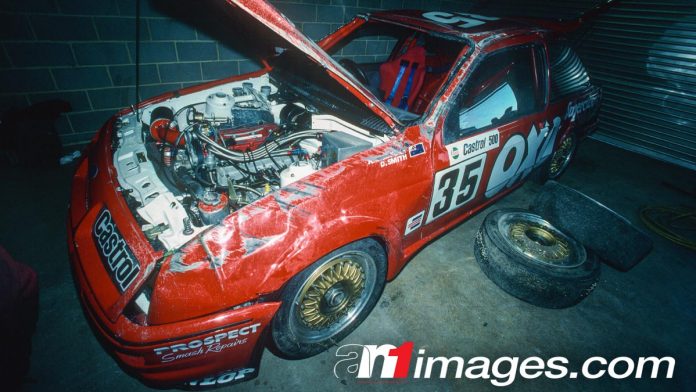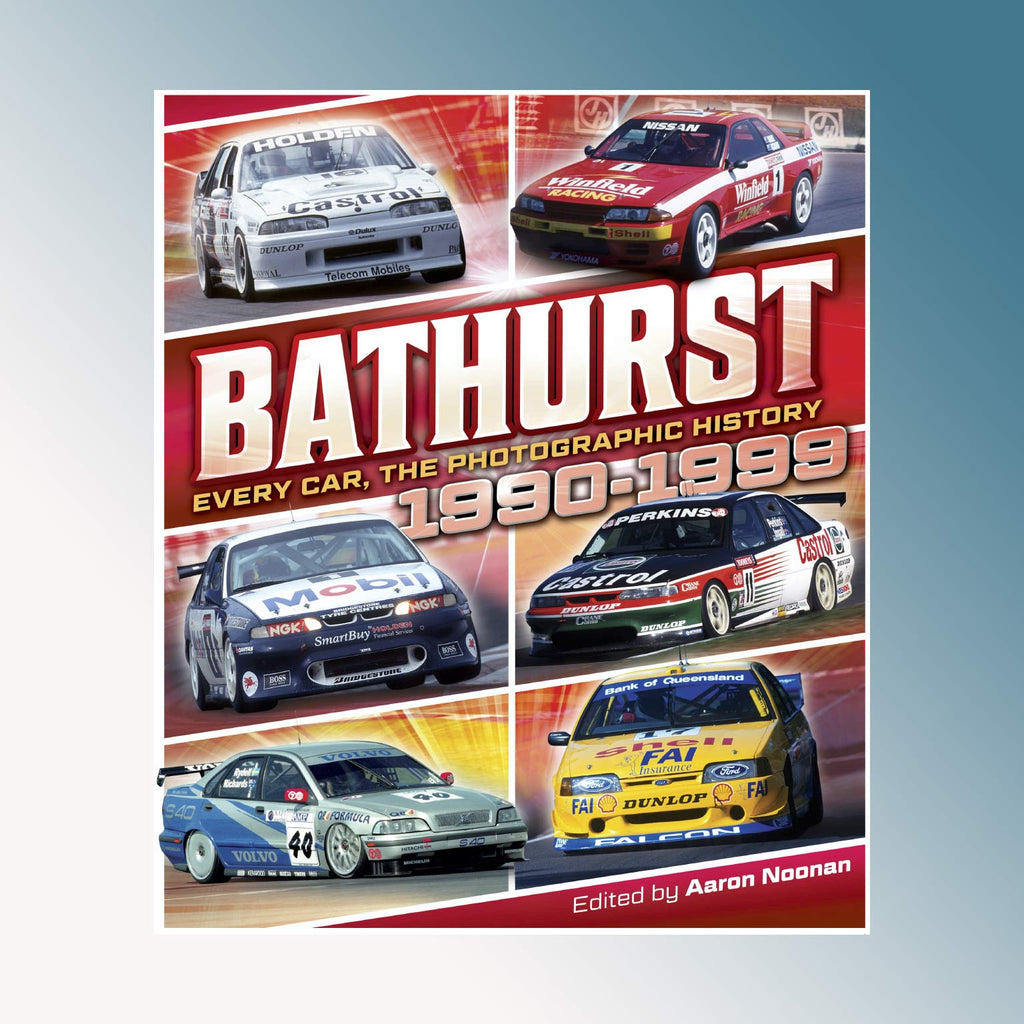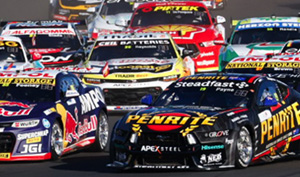ANDREW Miedecke was one of the unluckiest drivers of Australia’s Group A touring car era, as evidenced by the car that is the focus of this week’s edition of Saturday Sleuthing.
After making a name for himself as one of our country’s top open-wheel racers in the early 1980s, Miedecke switched to touring cars towards the end of the decade.
Miedecke campaigned a series of fast but ill-fated Ford Sierras; the one that’s best remembered is the Kenwood-backed Sierra that was burnt to the ground in the infamous, fiery four-car crash at the Lakeside round of the 1989 Australian Touring Car Championship.
That car was actually Miedecke’s second turbocharged Ford, which had been built to replace a car that had been rolled in a big crash during practice for the 1987 Castrol 500 at Sandown.
Miedecke’s first Sierra, after its touring car days came to a sudden end, went on to live a second life as a title-winning Sports Sedan, and is now well on its way to starting a third life.
The car’s longevity, despite its Sandown shunt, is all the more remarkable given it was one of the first Sierra RS Cosworths to be built and raced anywhere in the world.
The car was the first of two built by veteran privateer Don Smith and John Craft – who had secured the Australian distribution rights for Sierra components via Andy Rouse and Ford in England – and the cars were actually entered for the 1986 Bathurst 1000 before homologation delays put their debut back to the new year.
Its first race came with Craig Harris behind the wheel at the Castrol Clash for Cash, a 25-lap sprint on Oran Park’s south circuit during the much-missed south western Sydney venue’s 25th anniversary race meeting on February 15, 1987, an event that pre-dates the Sierra’s debut in the World Touring Car Championship or any regional European championships like the British Touring Car Championship.
Miedecke had joined the squad by the time the ATCC opener at Calder Park rolled around on March 1, and he campaigned this car as the team’s #35 entry throughout championship and at a pair of Amaroo Park’s AMSCAR Series rounds.
The early RS version of the Sierra Cosworth was plagued by unreliability and controversy, with both the OXO cars and Dick Johnson’s Shell cars excluded from events over interpretations of the Group A rule book around turbocharged cars.
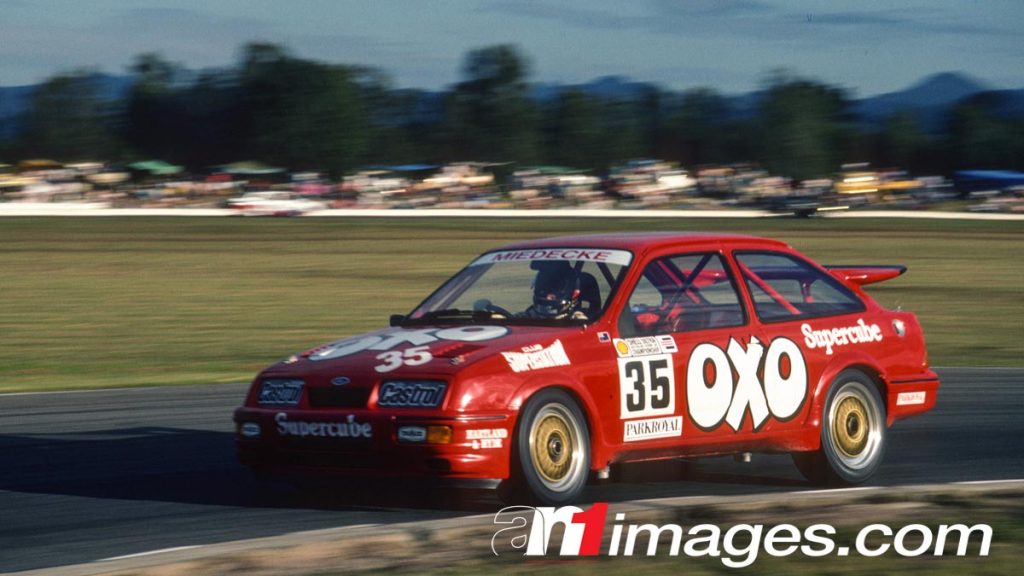
In fact, Miedecke’s best ATCC result in the car – a second at Surfers Paradise – was scrubbed from the history books after being disqualified for non-homologated turbo components.
The August 1 arrival of the RS500 version of the Sierra addressed many of the RS version’s deficiencies; among the upgrade package was a larger turbocharger that turned the potent little Ford into a fire-breathing rocket.
Unfortunately, this car’s first race meeting as an RS500 touring car was also its last.
Miedecke qualified the car on provisional pole for the Sandown enduro, but Smith subsequently rolled the car through the turn 1 gravel trap, badly damaging the bodyshell.
While the team built up a brand new car for Bathurst, Smith sold the remains of this car to Victorian Sports Sedan racer Mike Ceveri.
Rebuilt with a Chevrolet V8 in place of the turbocharged four-cylinder Ford, with bigger, wider tyres sitting under flared guards, and with a third deck added to its rear wing, the Sierra emerged as one of the top Sports Sedans of the era.
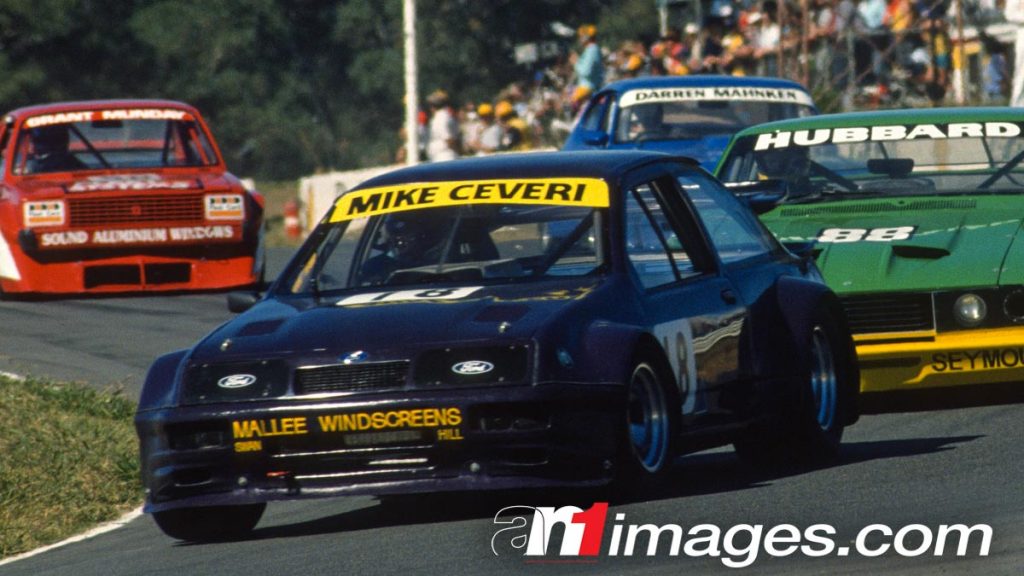
Debuting in early 1988, Ceveri won a host of races and titles aboard the wild-looking machine over the next decade, initially wearing a menacing black livery before swapping to a bold white look with backing from Esso.
The car’s current owner, Ben Tebbutt – who also owns the sister #34 OXO car from the 1987 season – bought the car from Ceveri several years ago having first stumbled across it in 2008.
“I found it by accident!” he told V8 Sleuth.
“I was looking at a car that we believed to be the first OXO car, and during my research to verify it, Don Smith remembered that he’d sold the body and bits to (Ceveri).
“I tracked down Mike and as soon as I saw it I knew it was the car: the roll cage was identical to my car, and it still had the chassis plate (from Ford) which was one number different to my car!
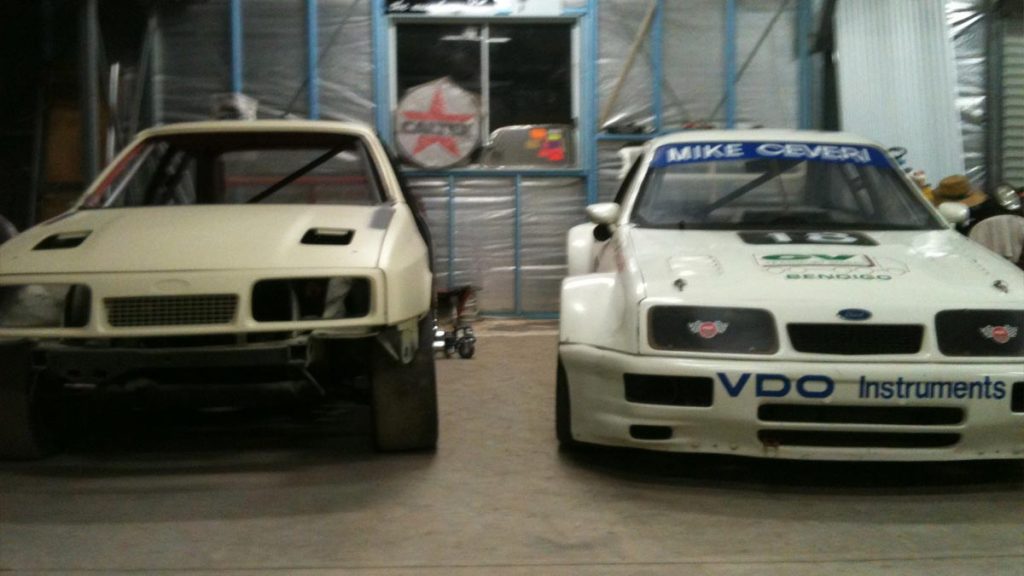
“Mike didn’t want to sell it, but I said ‘mate, if you ever do want to, I definitely would be interested.’ We stayed in touch every 12 months or so, and then he rang me one day and said he was ready.”
Tebbutt has been steadily restoring the car back to RS500 touring car specifications ever since, and it’s ready to reach the next stage – although restrictions imposed by the onset of COVID-19 have delayed progress.
“It’s pretty close to be ready to be painted, then it’ll go up to Les Laidlaw (former Dick Johnson Racing and Miedecke Motorsport mechanic who actually worked on the car in period) in Queensland for some work once state borders start opening,” he said.
Once completed, the car will be presented in the same livery it carried on that fateful day at Sandown in 1987.


